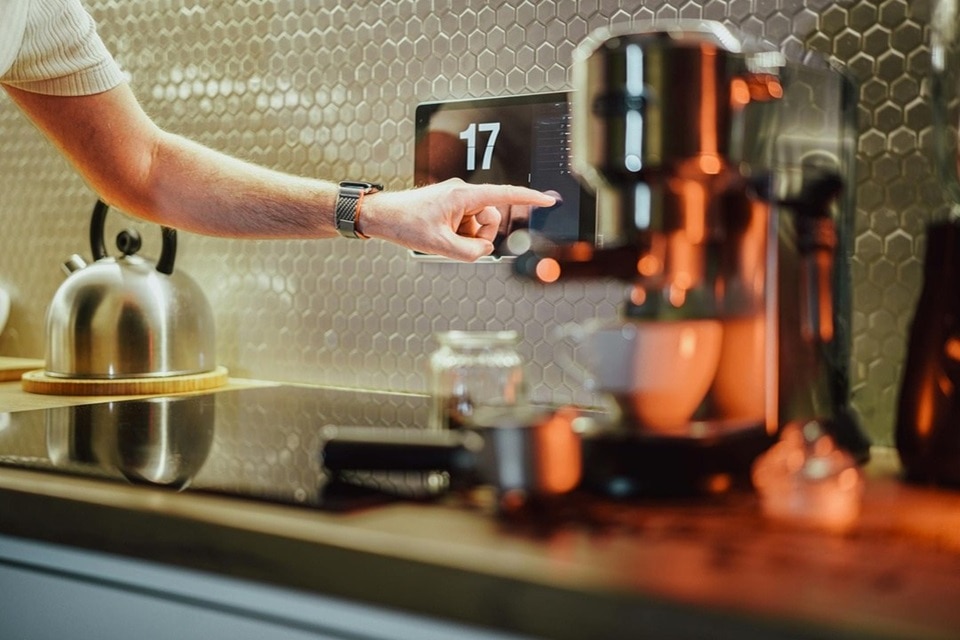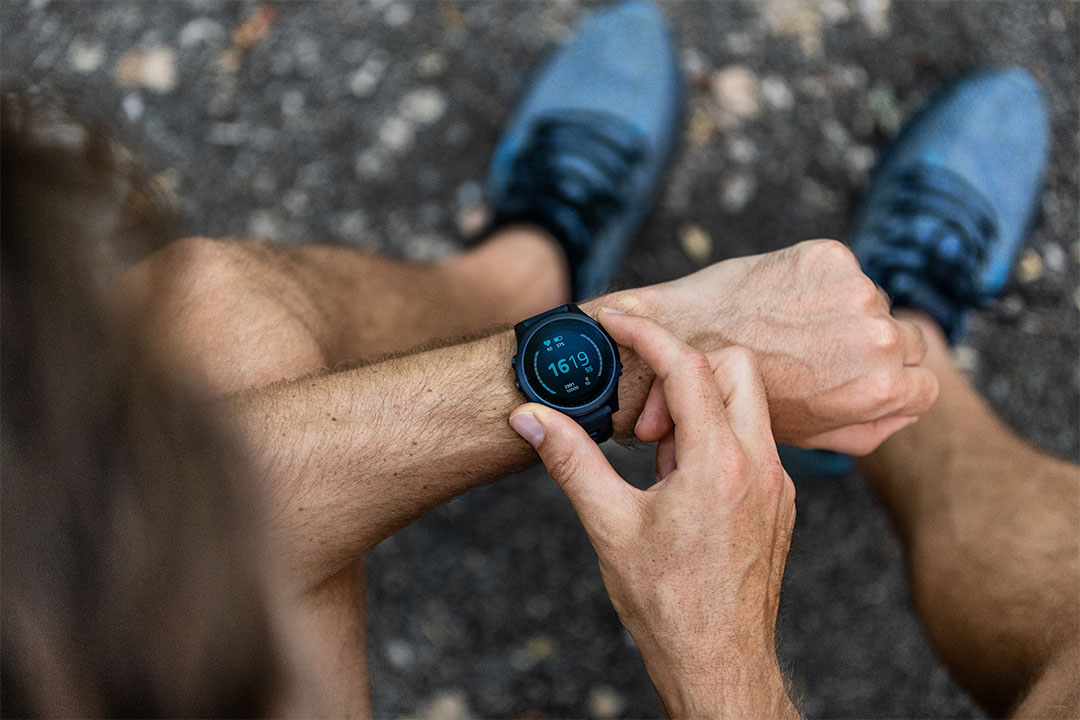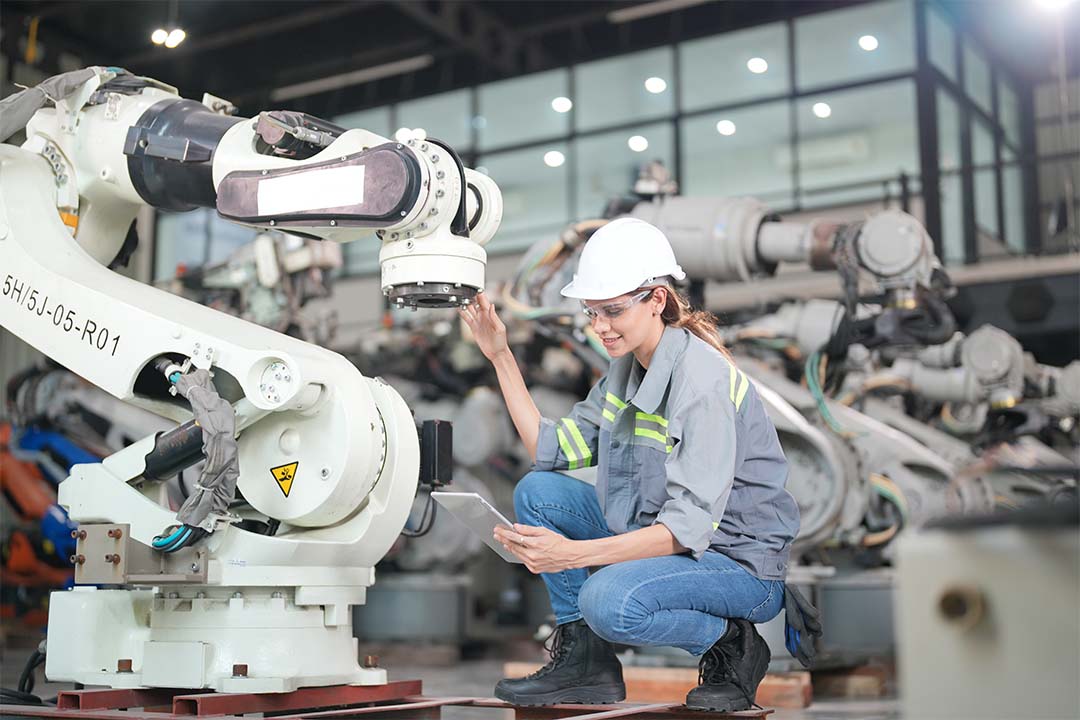What is the Internet of Things (IoT)?

From connected watches to complex industrial tools and home automation systems, IoT has a burgeoning influence on our daily and professional lives, on industry, and on society in general. Among its milestones and future prospects, what is the interest of IoT for our society, and what role will it play in the future?
What precisely is the Internet of Things (IoT)?
IoT and connected objects: what’s the difference?
Coined in 1999, the term Internet of Things, or IoT, refers to a global system by which objects can be connected to the internet via terminals and share data. This encompasses electronic chips, computer terminals, applications, and communications networks and channels, through which data can be made discoverable, visible and shareable.
The expression connected objects, for its part, specifically designates the objects that use this technology. For example, smart watches, pioneering objects in the field of IoT, allow runners to know not only their time, but also their pace, the number of kilometres they have covered, and their heart rate both during and after the race.
IoT refers to the entire process, from networking (usually using the internet) through to the connectivity of the objects, for example by cable, Wi-Fi or Bluetooth, and the platform and software or application used to store data and visualize it, such as the smart watch phone app
The evolution of IoT
The technology of electronic chips and sensors has existed since the 1990s, and their introduction into everyday objects was already possible. Nevertheless, back then, these chips were bulky, low-powered, and expensive.
As with many computing devices, technical advances over the years have led to the development of smaller, smarter, more efficient chips. In parallel, the joint development of cloud computing - the use of remote computer servers - and artificial intelligence has made it possible to put IoT on the path of democratization.
In the industrial sector, the logic of automation and the leverage of the internet is sometimes described as the Fourth Wave of the Industrial Revolution, or Industry 4.0 for short.

What are the strengths of IoT?
IoT began to really establish itself from 2015 onwards. With the right technological developments, its significant advantages were quickly perceived and its development grew continuously.
For domestic and personal use: connected objects and home automation
In addition to smartwatches, other connected objects are seeing a very rapid expansion in use. Among the most widely spread items are, for example, speakers and headphones, with the sale of wireless headphones, or earphones and earbuds, having seen a massive 17% worldwide growth in the first quarter of 2022 alone, according to a study by Canalys.
It is their ease of use and practicality that make such everyday objects perfect examples of the democratization of IoT. Without the need for wires or cables to listen to music, everything passes through communication protocols, including the internet, Wi-Fi, and Bluetooth.
The Internet of Things revolution is also making a name for itself in homes and home automation, involving a centralized management system for various household appliances.
Allowing both automation and remote control - you can start your robot vacuum cleaner even without being at home - home automation is continuing its evolution by integrating the control of an ever greater number of smart devices, all controlled by its centralized system.
Managing the operation of each of your household appliances, protecting your home with alarm and video surveillance systems, and monitoring its energy consumption (thanks, for example, to a Linky meter) are all tasks made possible by IoT.
For industry: productivity and data
The more specific term IIoT stands for the Industrial Internet of Things. What we call Industry 4.0 can make use of IIoT across numerous sectors, including manufacturing, with the automation of tasks, sales, maintenance, and so on.

The advantages are numerous for businesses and industries of all kinds. For example, IIoT can be used to:
• Leverage IoT data for the optimization of business processes.
• Increase machinery productivity and operations through automated monitoring and control.
• Strengthen the efficiency of logistics networks, with the electronic chip identification of incoming and outgoing products and materials.
• Develop a personalized customer experience, through the collection and analysis of data, particularly via CRM.
Far from being an exhaustive list, these examples reveal just some of the opportunities IoT has in store for the professional and industrial world, as an integral part of future development and growth.
What role will IoT play in the future?
By democratizing technology, the Internet of Things opens up many prospects, with the only limit apparently that of our imagination.
IoT in everyday life
The already widespread use of IoT in homes is already beginning to realise fantasies we have always had about life in the future. Accordingly, advances in home automation make it possible to imagine increasingly advanced assistance from IT tools in our daily tasks. Examples of this include letting us know when a gas cylinder needs changing, or automatically adjusting the temperature of our fridge, depending on the food inside it and the ambient temperature.
Already existing alarm systems and smart electricity meters will further improve, and offer numerous possibilities, starting, first of all and at the very least, with a reduction in their currently high costs.

IoT for smart cities
The smart city is a vision in which its operation and management is optimised through the use of IoT. In this vision, connected objects provide information on a range of services and utilities, such as road traffic conditions, energy consumption, water distribution, etc.
Connected cars, part of this vision, could share their locations and cross-check data from other cars, and therefore make it possible to adapt speed limits to the current amount of traffic.
IoT for environmental protection
A clear boon for efficiency and productivity, IoT also has a role to play in addressing pressing issues such as the protection of the environment and climate change.
Energy Management is a central focus of these issues, with smart meters and energy management systems (EMS) now making it possible to analyse in detail energy expenditure, and therefore identify ways to reduce it.
Efforts to protect the environment, in a literal sense, can also make use of connected objects. For example, the American organization Rainforest Connection uses connected sensors to monitor trees and therefore combat illegal logging and deforestation.
Nonetheless, IoT is not without posing a certain number of significant challenges, first and foremost data management and safeguarding. This challenge, worthy of all the efforts, perspectives and opportunities open to it, should be at the heart of concerns over the years to come.
At the crossroads of technological, social and industrial advances, IoT clearly has an important role to play in future societies. While technical limits seemingly continue to be superseded, particularly with the extremely rapid development of artificial intelligence, and the deployment of 5G, geopolitical and legal limits still exist.
A lot of legislative work therefore awaits, as countries introduce new rules, laws and standards, such as the first law on connected objects brought into force by the United States in its IoT Cybersecurity Improvement Act of 2020.
